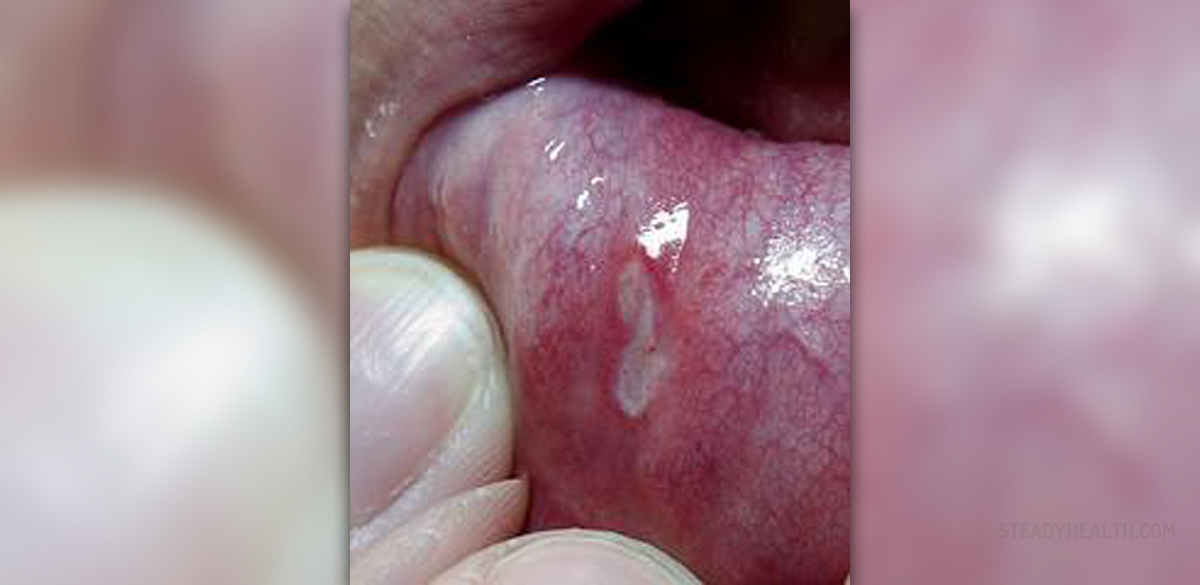
Pressure ulcers are also known as bedsores or pressure sores. Pressure ulcers are the injury which not only the layers of the skin will suffer but the underlying tissue will be damaged as well. It is important to know that there are four stages of pressure ulcers and that an ulcer of every stage needs to be treated. A simple discolored skin is considered to be a pressure ulcer of the first stage, while a wound that shows muscle, bone and tissue is considered to be the ulcer of the fourth and last stage.
Problem with skin
Every person needs to look out for the signs of pressure ulcers because not only can they cause problems if they are not treated in time but they are a lot easier to treat if they are spotted on time. In almost all cases of pressure ulcers they start as reddened skin that only becomes worse as the time passes. After the reddened skin, the affected area will become a blister, then a sore and in the end a crater. The most commonly affected places of pressure ulcers are those where the bones are close to the skin such as elbow, heels, hips, ankles, shoulders, back and buttocks. Every doctor will agree that it is much easier for pressure blisters to be prevented than treated. However, if they do occur, people should not lose hope because there are ways the problem can be treated. Since the condition is mainly seen in those who spend a lot of time in bed or a wheelchair, changing the position is essential. A person should talk to the doctor about the best possible ways of relieving pressure from the spots where the ulcers have appeared. A lot of doctors recommend the use of pillows, special foam cushions and even sheepskin in order for the pressure to be reduced. In order for the ulcer to be treated, the stage needs to be determined first. The patient can do this on his or her own but it is far better if the doctor does it. The doctor will also be able to answer any questions and provide instructions and a specific treatment. If the pressure sores have appeared, a person needs to avoid causing any further damage to the area. A very good tip is to powder the sheets because that way the friction will be reduced. Making sure that certain changes in the nutrition are made is very important as well. The consumption of certain minerals like zinc and vitamins like vitamin C needs to be done. A person suffering from pressure ulcers should increase the intake of protein as well. If the ulcer is that of stage II or even worse, there is a certain way in which the wound should be cleaned and the doctor will provide the information. It is important that the wound is kept clean and that the dead tissue is removed. In most cases salt-water is used for this purpose. There are also certain things which the patient must not do if he or she is suffering from pressure ulcers. For instance, massaging the area must be avoided because tissue under the skin can get damaged that way. There are a lot of those who prefer using ring-shaped cushions and that needs to be avoided because they interfere with the blood flow and may lead to certain complications.
Main causes of pressure ulcers
A pressure ulcer occurs in situations when the blood flow to a certain place is interrupted due to the sustained pressure. In order for the tissue to remain healthy, it needs oxygen and nutrients. If the blood flow is interrupted, these ingredients will not reach the tissue and it will get damaged and even die after some time. Pressure ulcers are not commonly seen in people who are mobile enough. There is no pressure build up in any of the body parts if the mobility is adequate. Pressure ulcers are divided into two main categories and they are intrinsic risk factors and extrinsic risk factors. In case of intrinsic risk factors a person is either suffering from some underlying condition or some other factor which makes him or her more prone to developing pressure ulcers. On the other hand, in case of extrinsic risk factors there are factors which place someone at risk of developing pressure ulcers and are in that someone’s immediate environment. The most commonly seen intrinsic risk factors are problems with the mobility, poor nutrition, a certain underlying condition which either disrupts the blood flow or makes the skin more prone to damage and injuries, having more than 70 years of age, suffering from urinary or bowel incontinence and some serious mental health condition. Extrinsic risk factors which are seen in most cases of pressure ulcers are pressure from either a hard surface or such pressure which is placed on the skin through involuntary muscle movements and moisture.


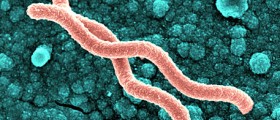
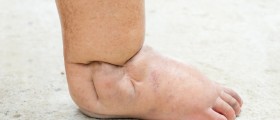
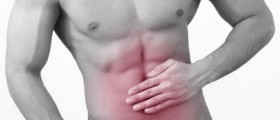
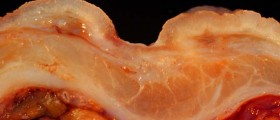
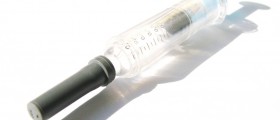








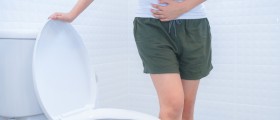
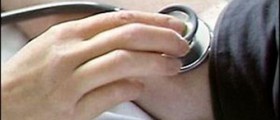
Your thoughts on this
Loading...